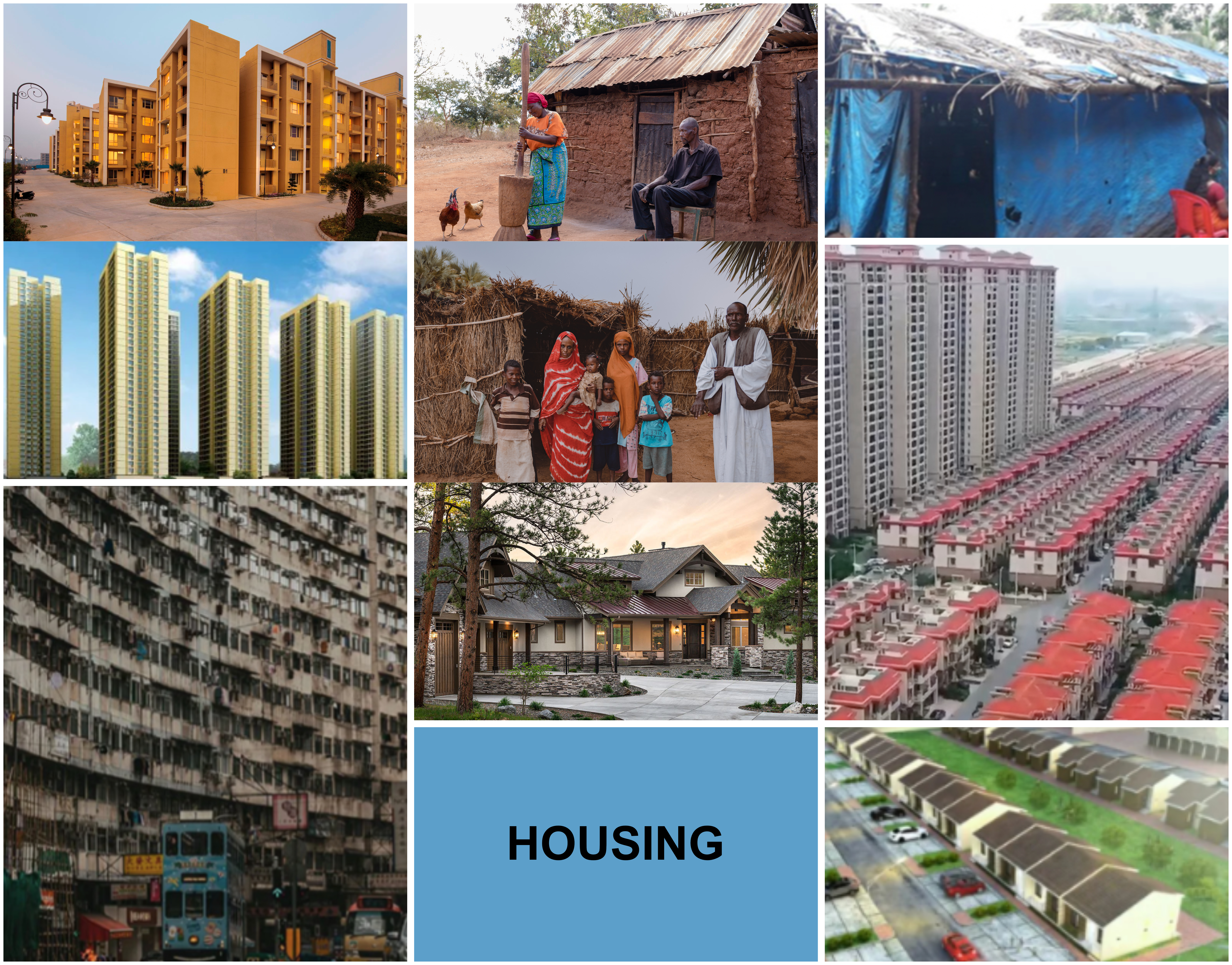Figure F4c.0 Production (materials, disasters, things, and building processes)
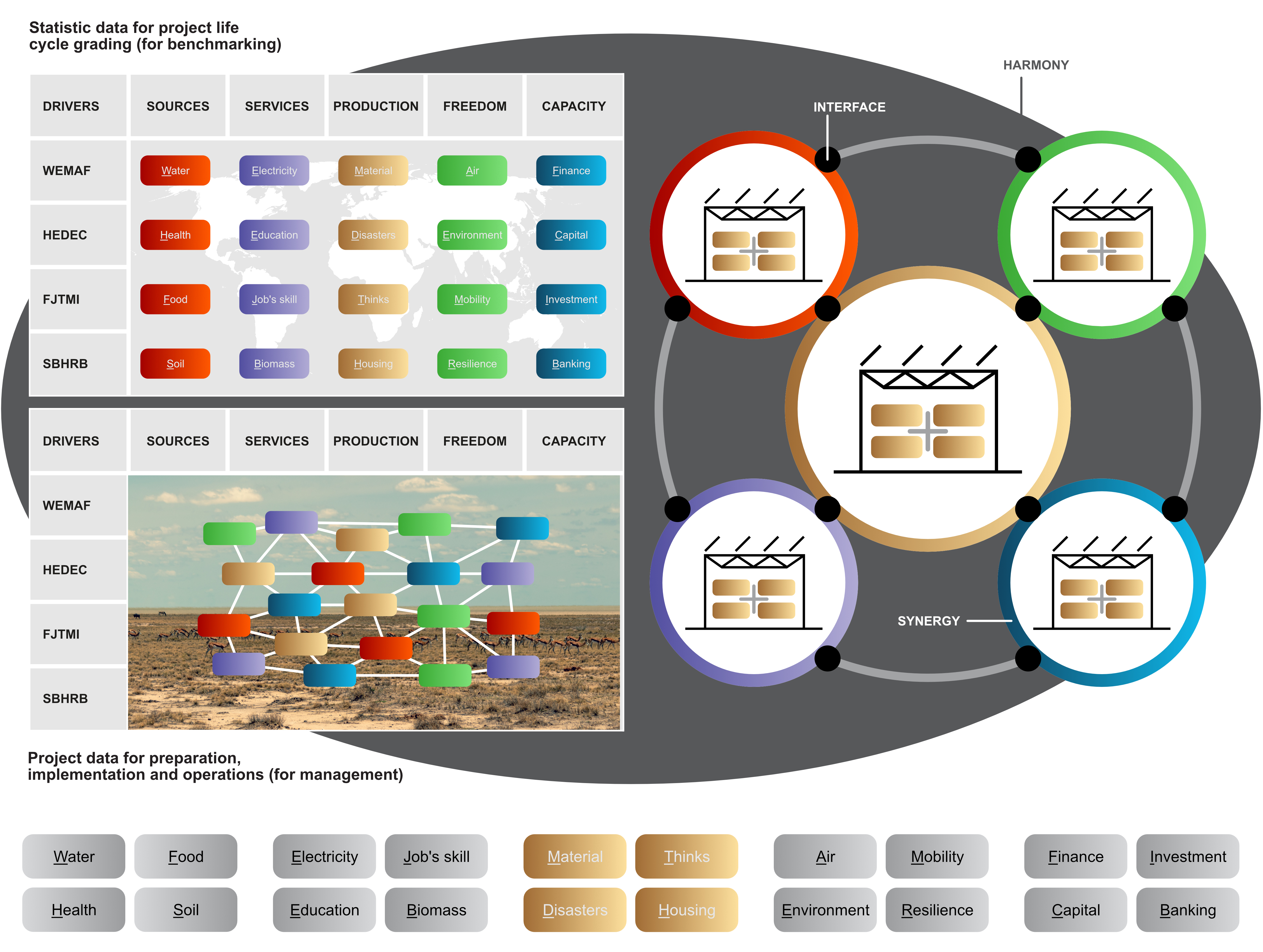
Credit:
Pexels
Author's archive
Four essential items are presented: material for Production, consequences of disasters, things around us, and construction processes. The manufacturing sector uses materials for civil and military engineering and disaster response. It transforms the material into goods (Things), which eventually become waste through disasters and moral or physical exclusion.
Production (of anything) needs materials (natural mechanical, chemical, biological, and other artificial composites). Most of the input’s materials are available to the Human from Nature (e.g., plant and animal resources) and from the surface or depths of the Earth in a solid, liquid, and gaseous state (e.g., clay, stone, ores, coal, oil, gas). Materials are available to man in two forms: before disasters, in a recognizable composition and place, and after disasters when their typical characteristics are questioned, and localization is chaotic.
Man puts together materials for the production, use, storage, and finally, the disposal of things he acquires (makes) for his needs and entertainment. These Things are created and used in the states of their improvement, modification, and optimization, including mixing different materials (e.g., plastics, material composites, today mainly in the electronic industry) in both macro and micro versions. Materials are inputs for all branches of industrial Production.
The webbook focuses on strengthening the capacity of territories (provinces) with low incomes. Therefore, this section does not deal with sectors managed by affluent areas or regions (in provinces) today, for example, Production based on technologies with high added value (informatics, electronics, chemistry, and biology entry into industrial Production, which we denote today by the number 4).
On the contrary, it is more devoted to the issues of the construction industry (mainly housing). In Chapters D, and E, examples of architectural and urban themes will be presented for critical situations (e.g., caused by population migration) and limited development possibilities that low-income provinces have and which will probably limit the development of settlements not only in urban areas but also in any peri-urban and rural areas for a time longer than one generation needs.
The Production Sector underlines that anyone with production ambition needs inputs material (stone, ore, wood, sand, coal, natural gas, and oil), and after that follow the secondary production material, e.g., cement, steel, glass, and other mechanical, chemical, and biological components. All these primary and secondary production materials are accompanied by a broad spectrum of risks of disasters (at present, on the global level, they are prioritized by disasters by CO2 impacts).
Production impacts should be distinguished as more profoundly and logically structuralized. Especially when we start talking about disasters. For example, if an earthquake threatens the Human (it is a matter of the Earth), in the case of pandemic disease (it is a matter of Nature), and wars (they are a matter of the Human). We should see differences among these three cases.
Suppose we are monitoring and sorting project data on earthquakes and their predictions. In that case, we know how many measures we can take as prevention work, although we see that every disaster is an unexpected and immediate event at a specific, unknown place in advance. Similarly, in cases of pandemic disasters, we can regulate (very carefully) the actual stages of all stakeholders if we have the vaccine on hand. Prevention and action, in this case, mean project preparation and implementation, or, in other diction, it is about thinking and working via project principles.
The most complicated for the Human are disasters fed by wars. In this sense, it is both about the extent of the damage done to people's lives and property (including the surrounding nature) and how it is difficult for people to agree not to cause and do such disasters themselves. Such reality is critical for any project philosophy, let alone for the use of project-structured and publicly available data used in the decision-making processes of politicians.
Optimist says that even these conditions can be overcome, and if they arise, they are solved through proper preparation and implementation of projects. For example, an agreement to end warfare is not a solution; it is only an impulse so that adequate preparation and implementation of rectification projects with 3E parameters can be carried out.
If this approach becomes the norm and the necessary data is generated, the subsequent post-disaster assessments will be of higher quality. An increase in quality decisions can be expected mainly in producing new things and in infrastructure renewal, including housing. Such adequately prepared and implemented projects and project portfolios will help renew local and international trade development. In general, the growth of the production of things around us and their availability for common coexistence will help reduce the risks of wars and manage the prevention and impacts of all other disasters (e.g., through distributed communication, today through mobile phones, and further, subsequent development is still ahead of us).
The belief in this statement lies in the fact that people love well-being, and their optimism in the distributed system of their communication in the "human-machine" environment will motivate them to naturally protect their sustainability in the GT (with a link to natural laws). It is ideal to suppose that anything the Human produces should serve Human needs and not harm Nature. Therefore, the moral or physical end of things should not have a negatively (harmful, disastrous) impact on life. It is another challenge for production, and the path to this goal leads to knowledge and skills growth.
Production is everywhere where people live and work and perform their safety and development activities (primarily via industry and building processes). It is a new phenomenon on Earth with a growing potential for Disaster growth and the power of their impact. Webbook perceives the SPC Sectors as the broad spectrum of tasks for the New Project Paradigm (NPP). It presents the NPP as a solid base for Human development and safety activities in the GT environment.
Finally, because of Production, we can see a massive movement of materials, disasters, and things surrounding the territory (settlements) of Human expansion for millennia, most aggressively during the last centuries. Initially, it was about daily practical things, mostly natural biological production. But, for the previous centuries, we can see other paths in how Production satisfies and strengthens us and how it will look. The ignorance (uncertainty) between As-Is and To-Be grows. The most critical is the moral and physical use and endings of things around us (arms, nuclear bombs, poisons, drugs, nearby space risks, etc.). They are everywhere, on land, rivers, and seas.
Production forms the urban and architectural features of the industrial and housing positions in urban, peri-urban, and rural places. The difference between rich and poor people is dramatically growing. High-income territories gain their metropolitan (urban) face, and the building architecture and settlements urbanism where poverty still exists, losing their vision. Generally, for all people, the fast growth of megacities is a scarecrow.
The needed feasible and accessible urbanization and building architecture for global needs are missing. Globalization is understood more as a policy and not a natural feature of the Humans transformation in the GT environment. We can see it in the unclear, confused, and missing project principles, mostly substituted by solo, individual project agencies. The SPC Concept is ambitious to be very fast and more understandable for low-income provinces.
Figure F4c offers a view of the symbioses of two approaches (statistical and project) for a broad spectrum of planned projects for the proposal and future operations of the SPC Utility network under the rules of the standard of the SPC Drivers. Repeats the same principle of demonstrating the relationships among Sectors and Drivers of the SPC Concept.
Figure F4c offers the unified structure of the statistical data, the data set needed for the preparation and implementation projects of any SPC Utility in their network. It characterizes the principle for the work with the SPC Drivers in the Production Sector. It indicates the intersection of drivers (all twenty components) with the possibility of distinguishing statistical data (e.g., for benchmarking) and data needed for project management performance.
The figures below are divided into four groups. Additional photos or videos can be added and specified outside of this Website and can be added to the Open Webbook later. The set of Figures presents an ad-hoc choice of individual investment actions in low-incomes provinces of different states and continents. The group of Figures below tries to display and present an embryo stage of future photo-video documentation of a future international and multifunctional SPC Concept Web Portal.
The first version of a group of Figures looks as follows:
Figures F4c.1 Material
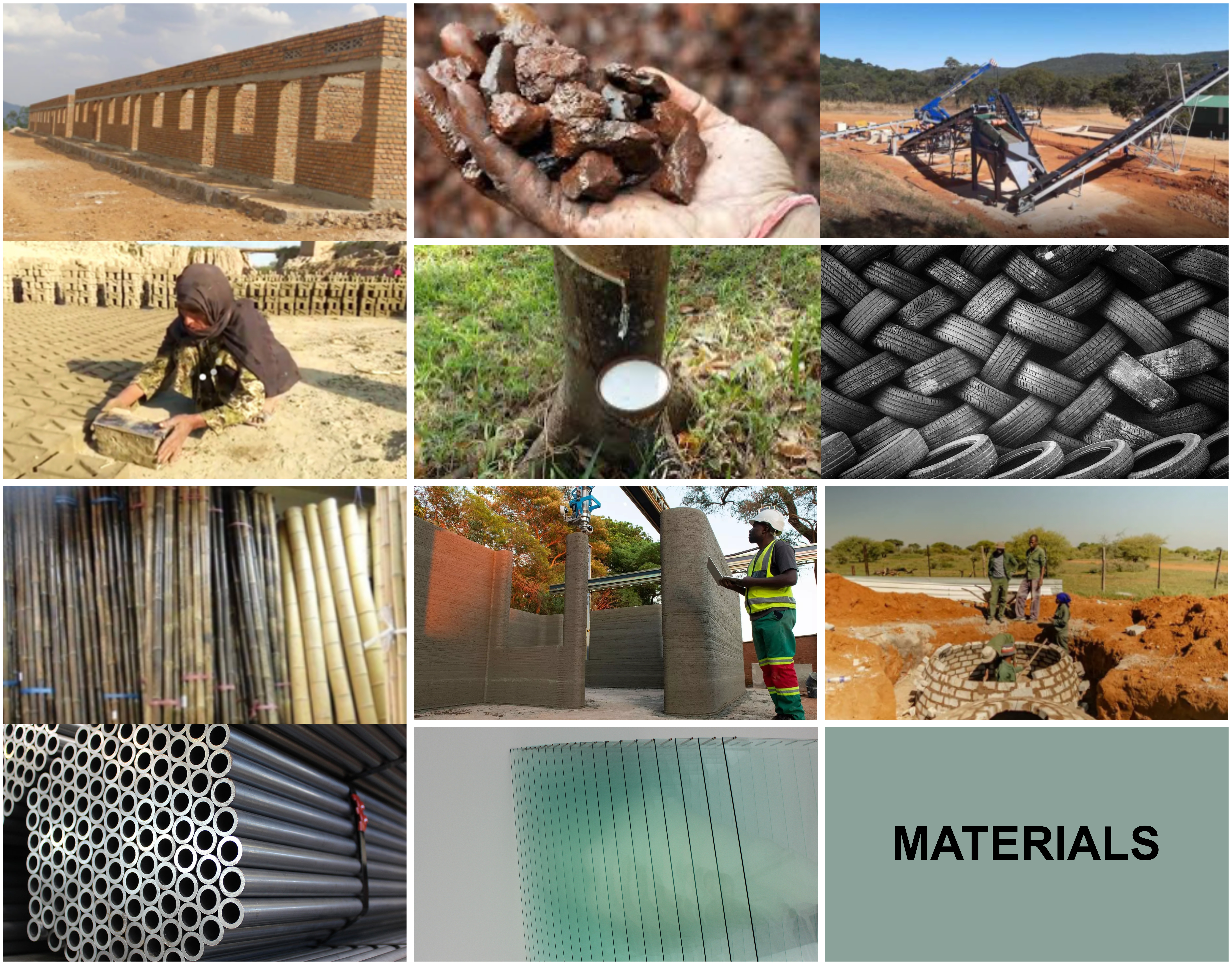
Figures F4c.2 Disasters
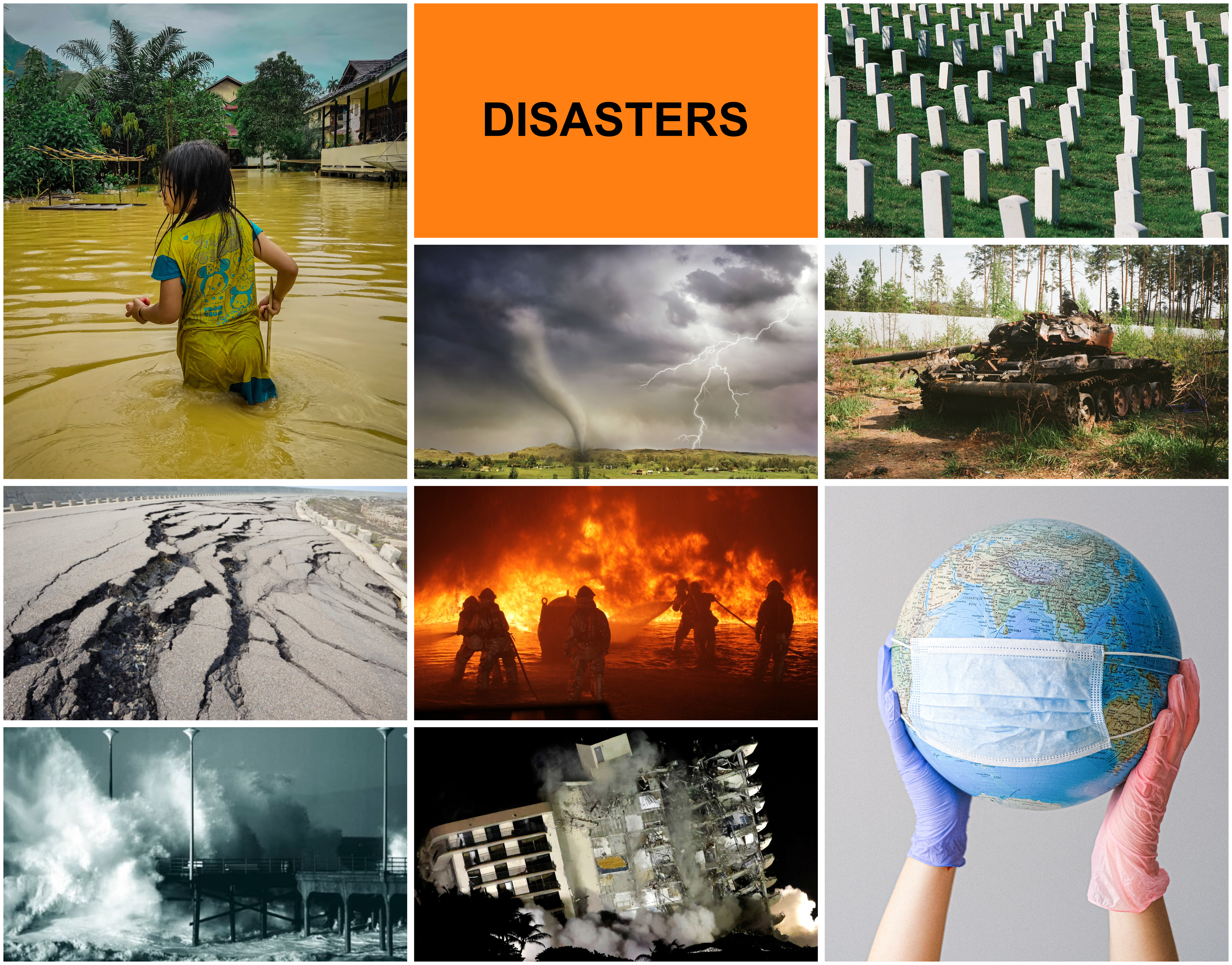
Figures F4c.3 Things
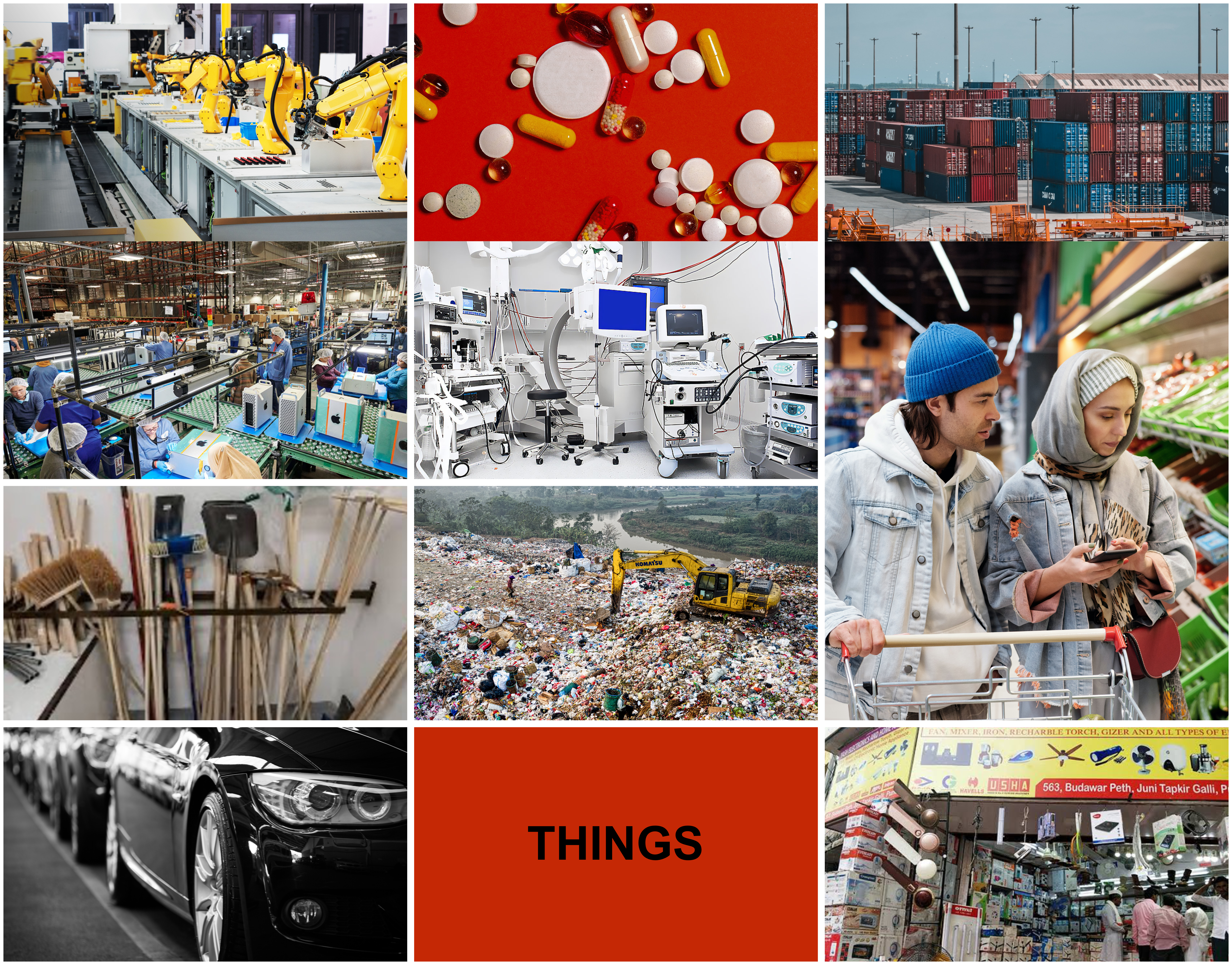
Figures F4c.4 Housing
